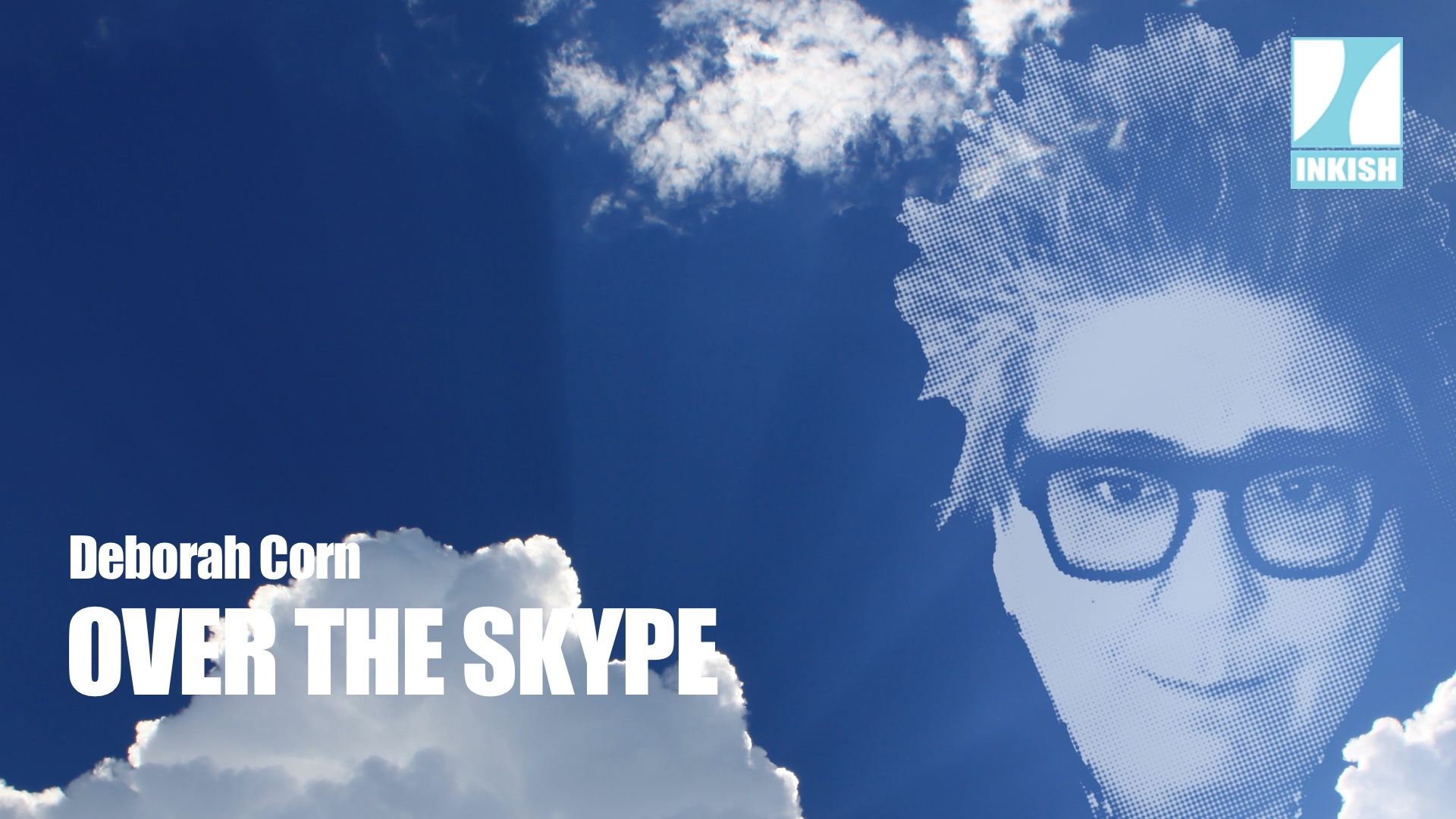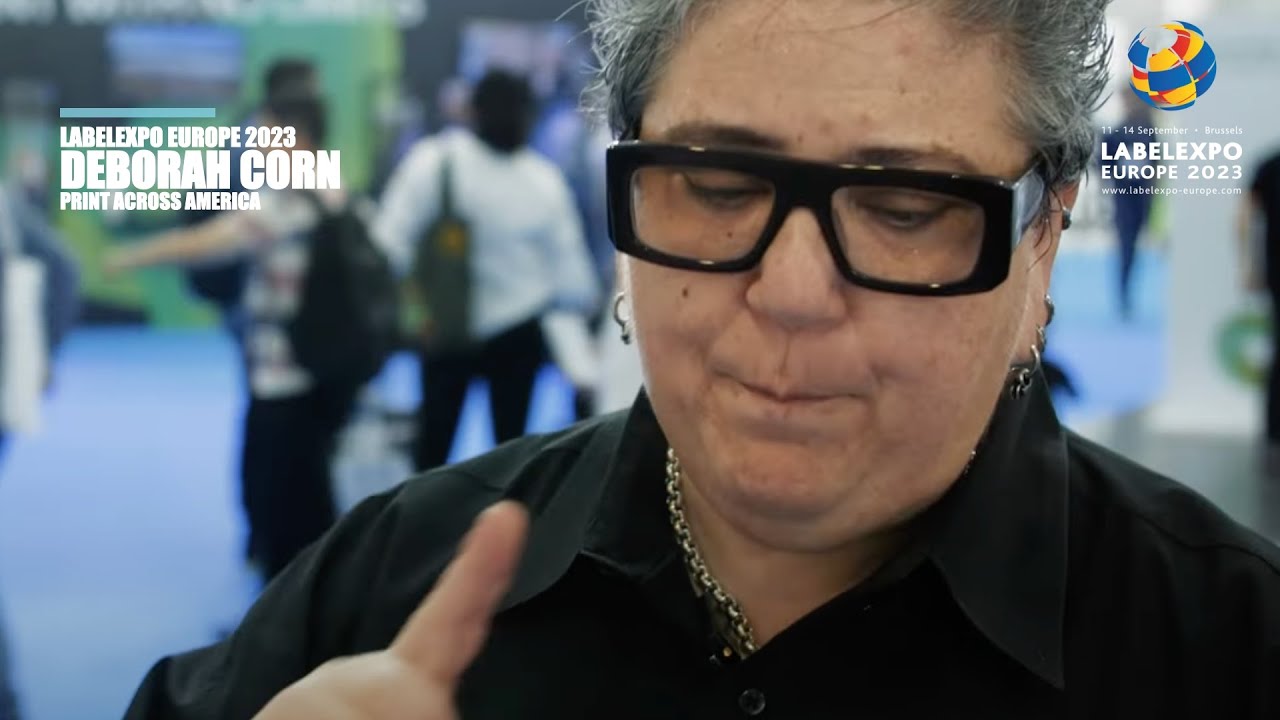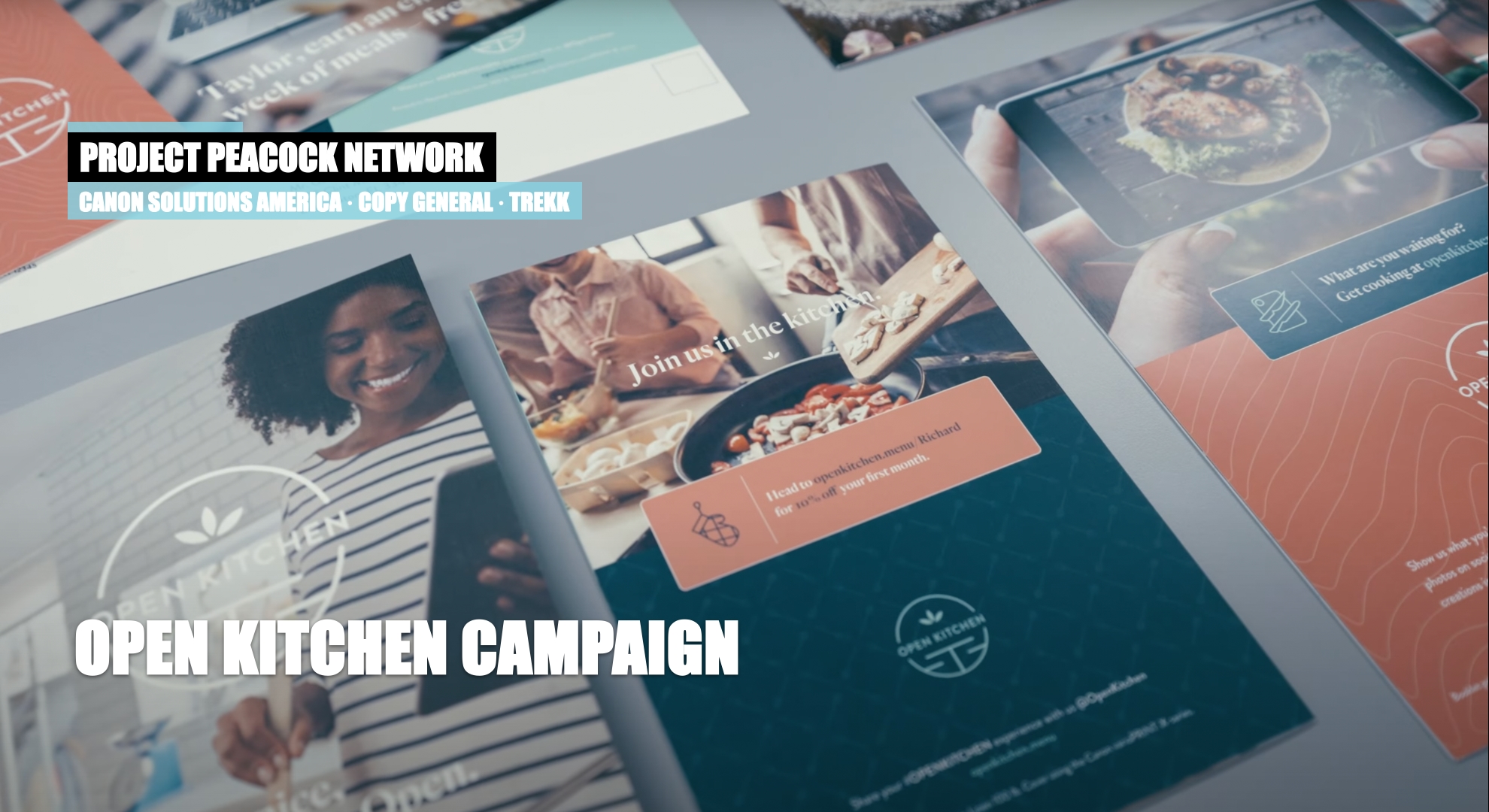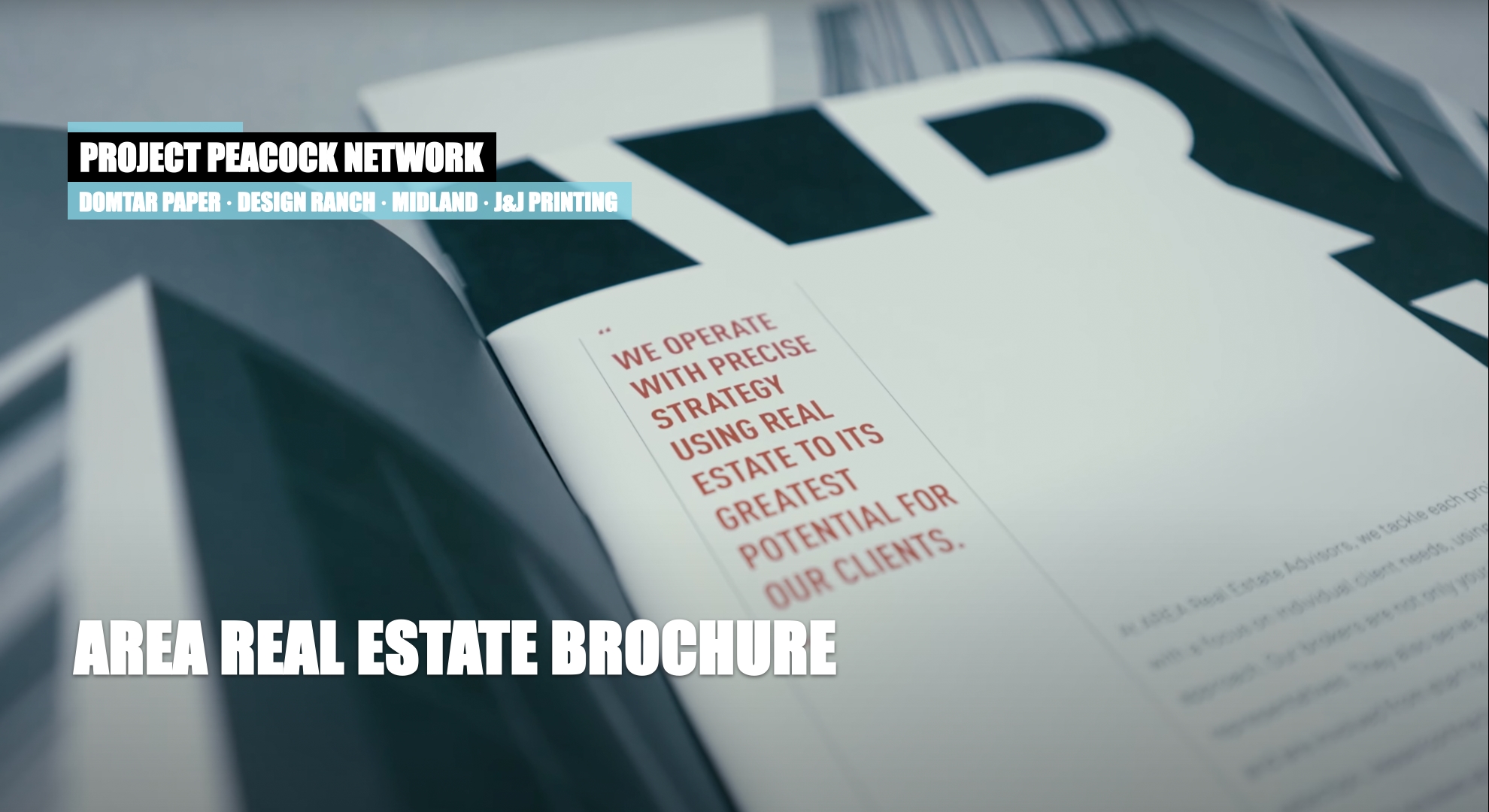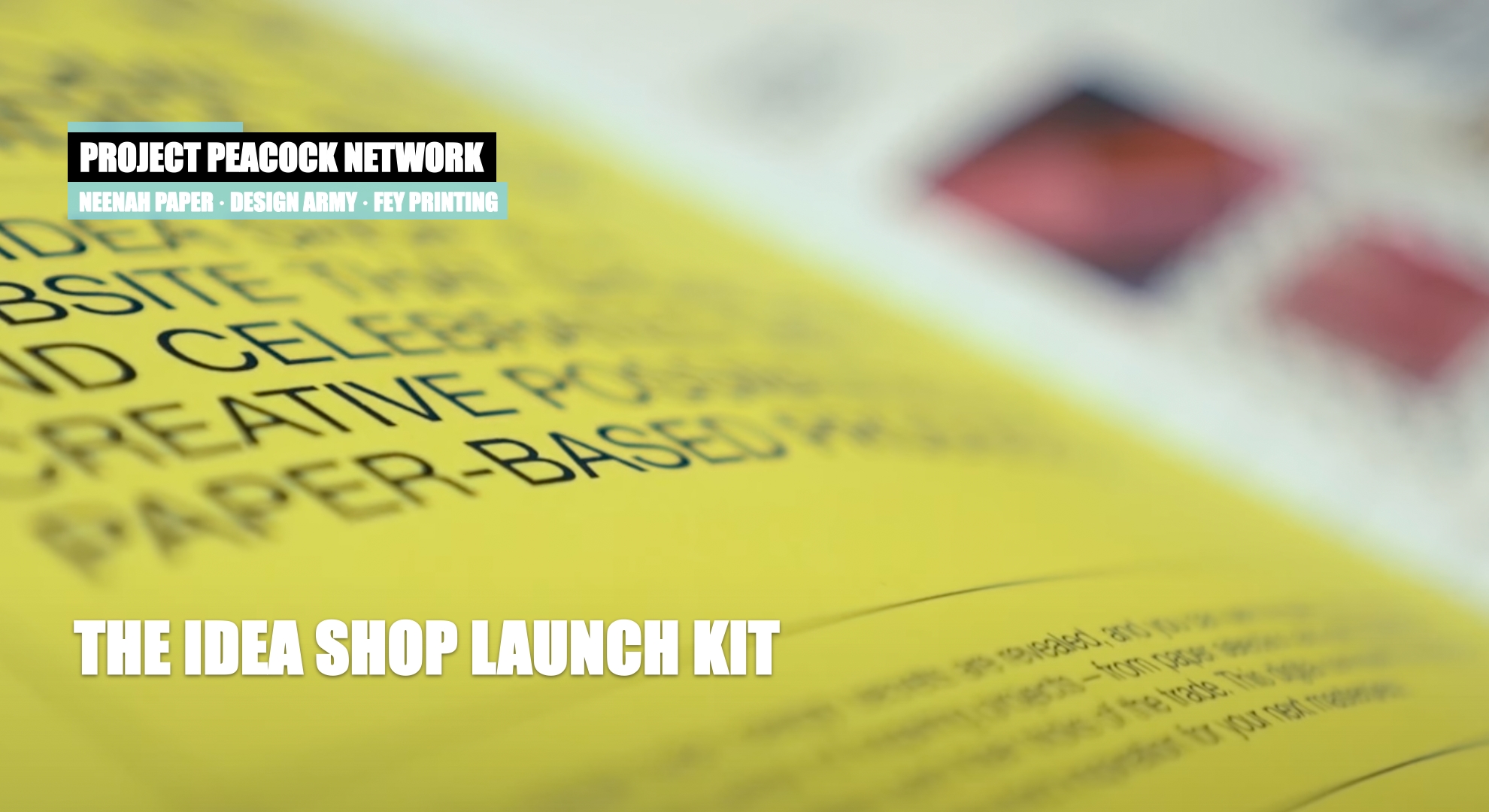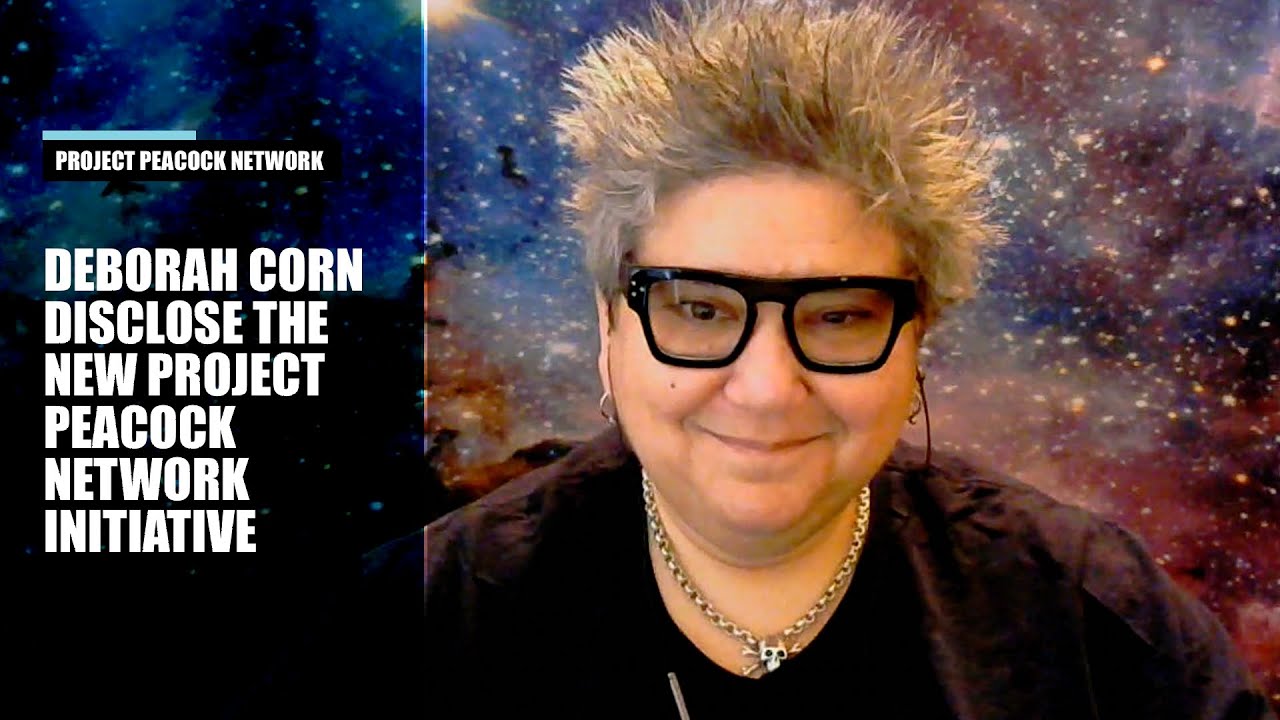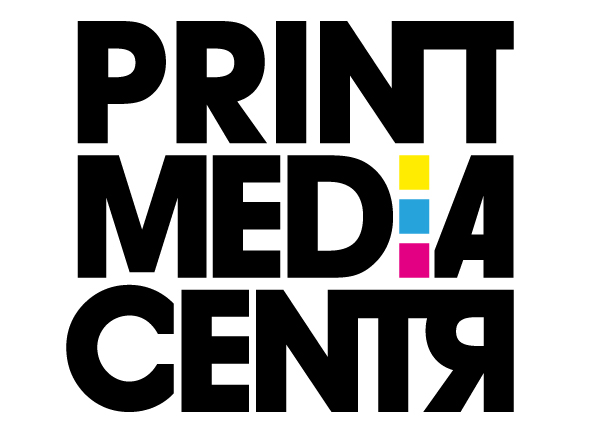Deborah Corn · Over The Skype · Stages of Crisis Communication
If Mohamed can’t come to the mountain, the mountain will come to Mohamed and, so is the situation in these coronavirus times. Skype is the tool we are using to connect various influencers, industry leaders, and other nice people from the printing industry. Zoom, Skype, Teams, and other solutions connect people, and using these tools enables communication.
We are busy connecting people every day during the coronavirus.
Embrace it by watching our films. In this episode, you will meet the Intergalactic Ambassador to the Printerverse, Deborah Corn, who gives her insights on how to see the different patterns in crisis communication slash marketing. Enjoy!
Join the Print Production Professionals Group and enjoy the upcoming event Deborah Corn speaks about: https://www.linkedin.com/groups/107023/
Dear viewers of INKISH, this is your humble… Some may not say so, but the humble editor [crosstalk 00:00:17]. And you can already hear that. It’s not a parrot I have on visit today, it’s actually Deborah Corn. And she is from her apartment in Florida. So Deborah, very much welcome to INKISH TV on this special edition from the Printerverse. How are you?
Thank you very much. I’m okay, Morten, thanks. Luckily healthy. Hope everybody over there is okay too. Your family, your lovely family. It’s been a crazy time, as you can imagine. America has shut down. Most of us have shut down to the ability that America will shut down. It’s been a little crazy working from home, especially since what I do from home has been mostly the same thing, being online, talking to people, trying to help them with resources and things like that. But everybody on the other side is not doing what they normally do, so it’s really been a very odd time, even for those of us who really have been online this whole time. It was almost like, oh, everybody’s going to be online now, and now they’re going to appreciate this all again, and social media’s not just about eating grapes and seeing cat videos. But you know what? I could use a few cat videos right now. Everything is so serious, right?
Yeah. Deborah, as I said, I don’t want to talk too much about the coronavirus, but in bad times, something good also comes out of it. And I believe you have eaten more pizza lately than you have done for a while. Why is it like that?
Well, I haven’t actually eaten the pizza, but I’ve been watching pizza. I’m becoming a pizza detective. I have been watching the broadcast commercials to see… Broadcast usually sets the tone. Working in advertising, it’s what costs the most money, it’s what reaches the most people, and it’s usually where the branding message is presented, and then they’re supported through all the other materials. So I’ve been really watching the commercials, and it started off with just, “We’re all in this together.” And then it moved to, “We’re all in this together, but I’ve got a few things that you might need, because now you’re at home.”
Sorry to interrupt you for a second, but I think that what you’re talking about is… I’m sorry to interrupt you, but I was just thinking that what you are talking about now is that you have recognized some patterns in how… Because as I referred to just a second ago, you and I, we spoke about a couple of weeks ago, I think it was what can you communicate and how can you communicate in a crisis? Can you sell anything? Can you advertise and buy this nice vehicle for only $39,000? Those kind of things were maybe a little bit off. So that is why you’re talking about these commercials, right?
Yeah. But it’s odd that you said that, because I saw the first car commercial last night. And it was when you’re ready, we’re here. So it’s changed. It started off with, “We’re all in this together,” then it moved to things that everybody’s currently using a lot of. Anything in your house, they were advertising do it at home projects and things like that. Things that you could order in from Amazon or from other places and have projects. People were trying to keep busy.
Then it moved to, “Okay, we’re still selling products and services, especially food service, but everything’s safe.” And they would literally show you their process, which is what you’re referring to about Little Caesar’s, which is a pizza, pizza place, that that’s their tagline, pizza, pizza. What they did is they literally made a commercial that said, yes, a human is touching your pizza, making it, and then it shows you the process, it goes into a 450 degree oven, which they specifically tell you. It drops into a box, that box is put into a cabinet, and you pick it up and you touch and nobody else is touching it. And there are other restaurants that are showing, if you go through the drive thru, they’re all in hazmat gear and they’re giving you your credit card on a tray, and nobody’s touching anything. They’re basically saying, “We’re here, we’re safe, and we need you to support us.”
Now they’ve moved into future things. Like the car example. A lot of insurance companies are advertising now. At first it was just, “We’re here if you need us.” Now they’re back to education, which is, “Here are some things you might need us for.” So they’re slowly introducing it back in, which is interesting because as long as it’s education, as long as it’s about not trying to do anything now but just letting people know what’s available for them whenever this comes out of here, that seems like the tone that everything is taking. And I do think that that becomes more of an opportunity for any store that’s open now to work out some way that they could be part of people’s in home lives. Honestly, I think the printing industry has a huge opportunity here, they just have to get a little crafty.
But I think that both Intergraph in Europe and I think also, I think it was Frank Romano in his last Friday, from What To Think, spoke about print being an essential industry. Because it means that if you’re… I think he was putting it like of course we’re essential because you can’t ship out essential products if you don’t have any packaging. You can’t communicate if you don’t have print. And there’s a lot of things in that perspective. So I think what you’re talking about is also that the opportunity for the printing industry is now that how sad the crisis, or whatever sad this crisis is, people still need communication, they still need packaging, they still need safety that can be wrapped in paper. Is that what you’re talking about here?
No, not really. What I’m talking about is the fact that the restaurants, for example the restaurant, the food service industry, the restaurant industry being devastated by this. And the first thing everybody needed was a giant banner that said we’re open for takeout, we’re open for delivery. So-
Okay, so it is directly messaging-
100%.
Okay, yeah, yeah. Okay, I understand it now.
There is immediate communications that people need to know. Everybody has different things, but I just realized the other day that I had dry cleaning sitting there. It’s clothes, but I don’t know where my clothes are. Apparently they move them around. And I dug through my email and I found an email about it, but yet had I gotten a postcard, I would know exactly where my cleaning was. Every door direct mail is something that becomes a genius marketing strategy right now. Everybody is home. What are the things that people need at home and how can people get them?
I mentioned pizza before, I have a local pizzeria who obviously somebody there is a marketing person because they just have been amazing at this. At first they just flyered my door, they just left an 8.5 by 11 flyer on my door that said we’re open. Then they came back a couple of days later and said buy a pizza and we’ll give you a bottle of soda. Then they came back with this genius marketing idea where they turned their catering department into a family style dinner. So they’re not catering anything anymore because there’s nothing to cater, but I can get that same tray of lasagna and feed a family of four for a few days under their family style menu now.
Yesterday I got one that said, “Okay, we had everything covered, but you need something to wash it down, and now we’re delivering beer too.” So in the course of two weeks, I know everything about this pizzeria, and they are not being fancy. They are literally taking this flyer that is definitely being printed at a print shop, it’s not coming out of a desktop printer, stapling a rubber band to it, and just putting that around my door. That can be mimicked by every printer out there as a program. All they need to do is find someone to staple the rubber bands and put them around the door and deliver the full service, not just-
But Deborah-
Not just print the menus, and it’s up to you.
But you know you have one problem now. When you get out to the door this evening you will have 500 leaflets hanging with a rubber band on it because of this idea.
Yeah, but you know what? This is all things that are open and may be able to get me something. The problem isn’t that these stores aren’t open, whatever they might be. Even the grocery store’s delivering. But I’m not getting any information from my grocery store about that. I know that the drugstores are delivering, except for a regional or a local commercial, I’m not getting any information about that in my mailbox. I’m just saying there are certain things that if a printer can help people understand it, it could come to their house. Or be the facilitator of it coming to their house. To your point, you’re paying people not to work. Instead of paying them not to work, pay them to work and make them delivery people to flyer people’s doors, if you have to.
Yeah. Well, you have also done something because of… Maybe not because of the crisis, but because of the circumstances that the industry is changing. You are utilizing your enormous LinkedIn network. How are you doing that, and what is the idea?
Thanks very much for asking me about that. Because the events have gone away or been postponed, there’s just a huge chasm of information that has not been able to be put out in the marketplace or not in the way that the manufacturers intended it to be. And the attendees, who are the people in my LinkedIn group, for the most part, the people, are now at a knowledge gap. Not that anyone else is getting the information, but it was supposed to be out in the market. People have planned their life cycles of their business around Drupa, around FESPA, around the big events. Even Sign Expo here in the United States.
We are going to come out of this, and when we come out of it, I just don’t think that that is the time that everyone is going to be, oh, let me learn about that new software, that new press that was going to come out three months ago but now it’s going to come out because everyone’s allowed to talk about this again. So if we look at the fact that we have the time now, how can we utilize the time to the best of our abilities? Well, everybody’s online, or for the most part they are.
I have got 99,000 people in this LinkedIn group that I personally approve myself. They’re all part of the printing industry. So I came up with a way to curate recommended posts to the group, where I’ll work with the manufacturers, or anyone who wants to share information with that many people about their products and services that are coming out, that would have been out. Things that people can look at now to see if they’re going to be needed for the recovery process, which will probably change the dynamics of a lot of business. Not for nothing, but now’s a great time to redo your print shop.
Because you maybe have a little bit more time than usual.
Yeah, totally. You have more time to ask the software companies about what it takes to really implement, understand how it fits into your world. And I’m not even alluding to the fact that anyone’s buying anything anytime soon. I’m not saying that.
But what just came to mind, maybe you are the rubber band that sticks to all the products that needs to be delivered.
Yeah, thank you. That’s exactly it. I am the every door direct mail of information, of education. You have a captive audience, and we do. I didn’t create the captive audience, I am just trying to serve that captive audience with information. And as long as we have this time now, let’s get the information out there. The manufacturers and the vendors, the service providers already have it. Because they prepared it for all these trade shows.
Of course, yeah. And how far are you with that? Is that already taking place, or is that in preparation? How far are you?
I put together a proposal, I sent it out to all the people who, my Drupa partners to begin with to give them that first opportunity. I’ve got a few people who are interested so far. I believe that we are speaking on a Monday, April 6, yeah? I don’t know what day it is.
Yeah, 6th, yeah. At least here.
So I think next week will be the first one and then we’ll roll them out after that. I’m also going to put together my own resources to share for people. For sure I want to share information about the events and the days that they’ve been moved to, and that those are still going on. And nothing I’m doing is permission for someone not to go to an event, it’s permission for everyone to be more prepared and more informed while they’re sitting home wondering what is going to happen.
You know what will happen? It will happen when they go to Printing United or to Brand Print Americas, or they go to FESPA, they will know more than the product specialist. So everyone from your group, they will go and tell the products person, “Hey, you should know this. This is really cool.”
Yeah, probably. Hopefully. I just don’t believe in being reactive. I’ve always believed in being proactive. And this I think is a way to at least keep people proactive, to keep them understanding where, whether or not they’re going to purchase it, or whether or not they’re going to be involved in it, there is still a tone that the industry sets at these Drupa cycles, and we cannot keep that from people until April of next year.
No, that’s impossible. Yeah, yeah.
It’s not going to work out for anybody. Manufacturers have already released their technology. They’re trying to do their own virtual events. Which is great, but that is only going to reach their loyal people. And then after that, I’m providing an opportunity to reach 99,000 more.
Yeah, okay, that sounds great. So the thing you have to do is, if you’re not already a member, you need to be a member, right? And that’s all it takes?
You need to be a member. It’s open sharing, so if you’re in there and you share the links out of the group, that’s fine, but if you want to see it first, yes, join the Print Production Professional group on LinkedIn. But it’s open source knowledge sharing. You know I don’t keep things from people.
I know that. Deborah, once again, it was such a pleasure to talk to you. As you know, we can talk forever, so we have to stop somewhere. And this is the time for now at least. Maybe we can talk in a week or two and see how things are going and maybe even get some results from the interesting things you’re doing. Thank you very much, and have a great day ahead of you.
Thank you, Morten. Not just for this interview, but everyone knows you’re out there poking the bear a bit. It’s interesting the conversations that you’re starting, so thank you for at least opening up dialogues on different topics while people are home. Now’s the perfect time to think about the future of the industry from all angles, and I want to thank you for presenting some alternate views of that.
































































